Feature Walk
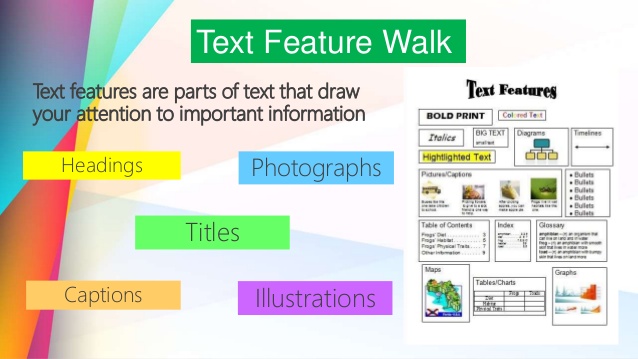
The Feature Walk allows students to get out of their seats and work in small groups as they analyze important features presented in their textbooks or in related online resources. This technique is excellent when you don’t want students to overlook important images or text features that can support their understanding of content.
Bounce Cards
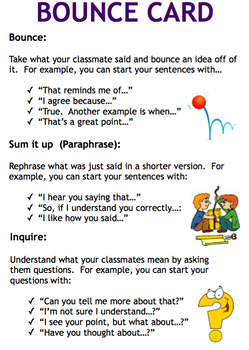
Bounce cards are a way to help students who struggle to get academic conversations started. They give students, especially those who are more reserved, something to say.
Appointment Agendas
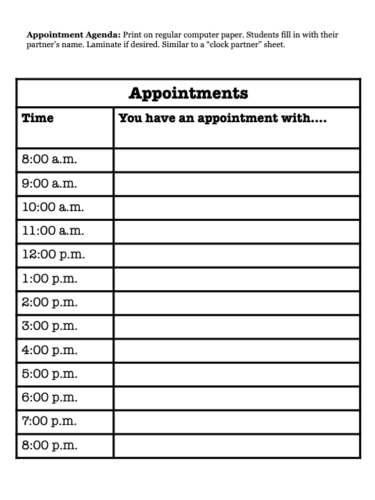
This is a fun way to get students out of their seats and interacting with others throughout the classroom. Students create appointments with peers by writing each other’s names in a specific time slot. When the teacher selects a time, students meet up with the person indicated on their appointment schedule.
Categorizing & Sorting
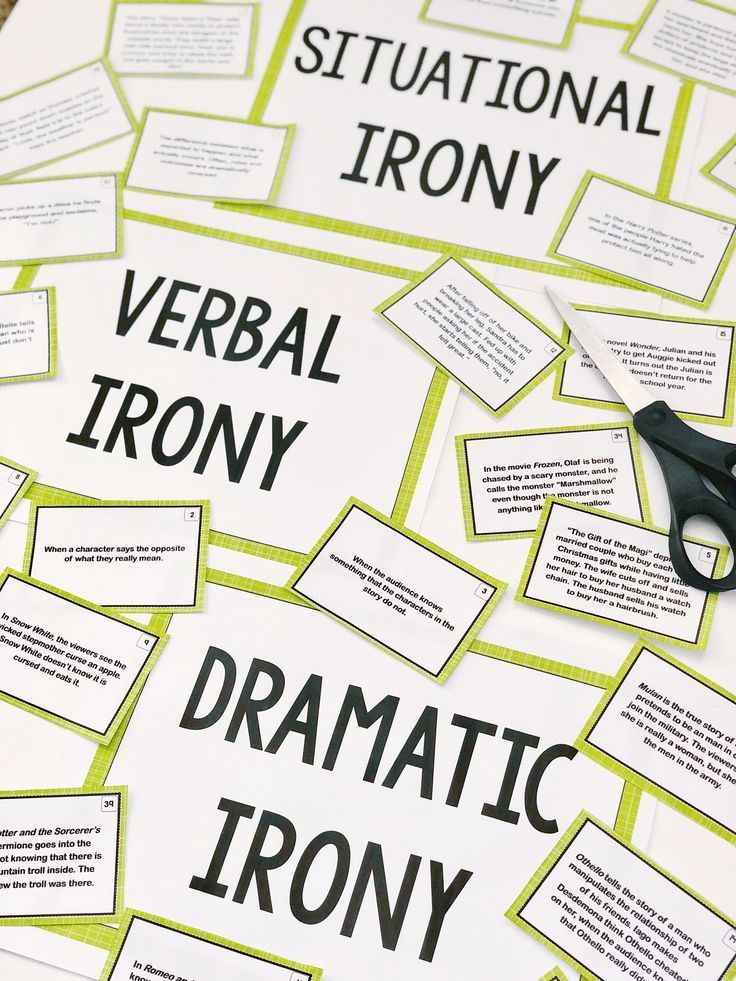
Categorizing and sorting can be used to help students understand a wide variety of unique characteristics and concepts. This interaction provides students with opportunities to see how items can sometimes be sorted in different ways and still be correct.
Networking Sessions
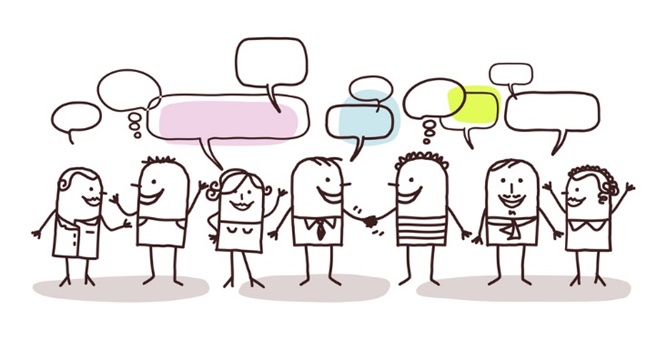
A Networking Session is a simple mix-it-up activity that allows students to talk to others they don’t usually talk to. It can be pre-planned or implemented on-the-spot.
Three 3’s in a Row
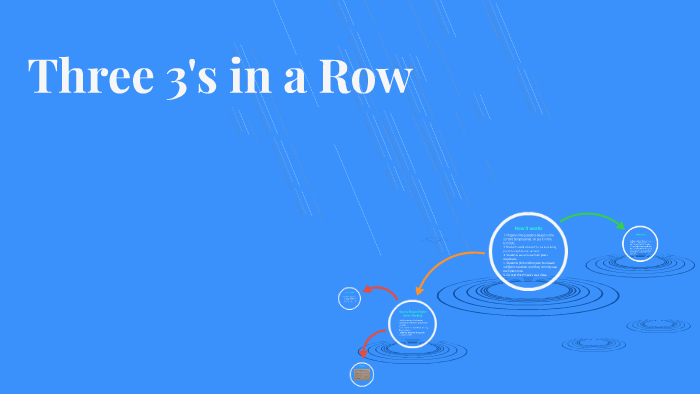
Three 3’s in a Row is like Bingo, in which students interact with peers and get peers feedback on what they should write in the boxes of their template. This activity is great for several reasons:
Hold-Ups
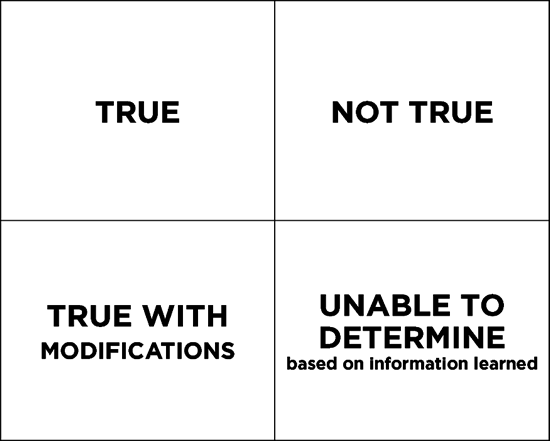
Hold-Ups are interaction-based activities that use response cards. In these activities, students interactively reflect on a prompt and hold up a card, paper, or whiteboard in response. The most essential component to the Hold-Up is the interaction.
Thumbs Up/Down Vote

Thumbs Up/Down Vote is another one of those quick techniques that many teachers use frequently. It is simply a yes/no vote with students putting their thumb up if they agree and down if they disagree. This simple technique provides a quick reading of the class, but to make it meaningful, it should be used as the second or last part of a Ripple. In other words, the vote ought to represent deep thinking that has already occurred, and for which you have already required evidence from each of your students.
Thumps Up When Ready & Processing Cards
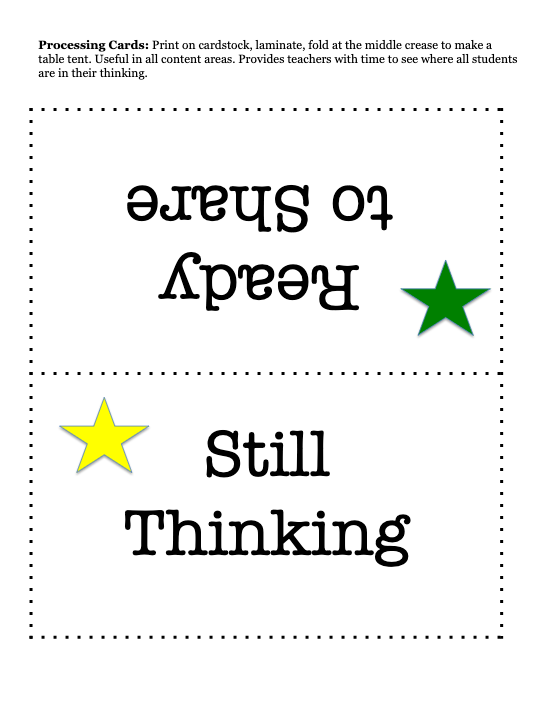
Allowing students to take even a brief moment to process their reflections to a prompt is critical if you want to get high quality responses, especially if you have students with certain special needs or English language learners in your class. Here are two ways to read each individual’s progress as the students process their reflections. Both techniques also serve as great unspoken reminders to students that they should all be in the process of reflecting on the prompt.
Chalkboard Splash
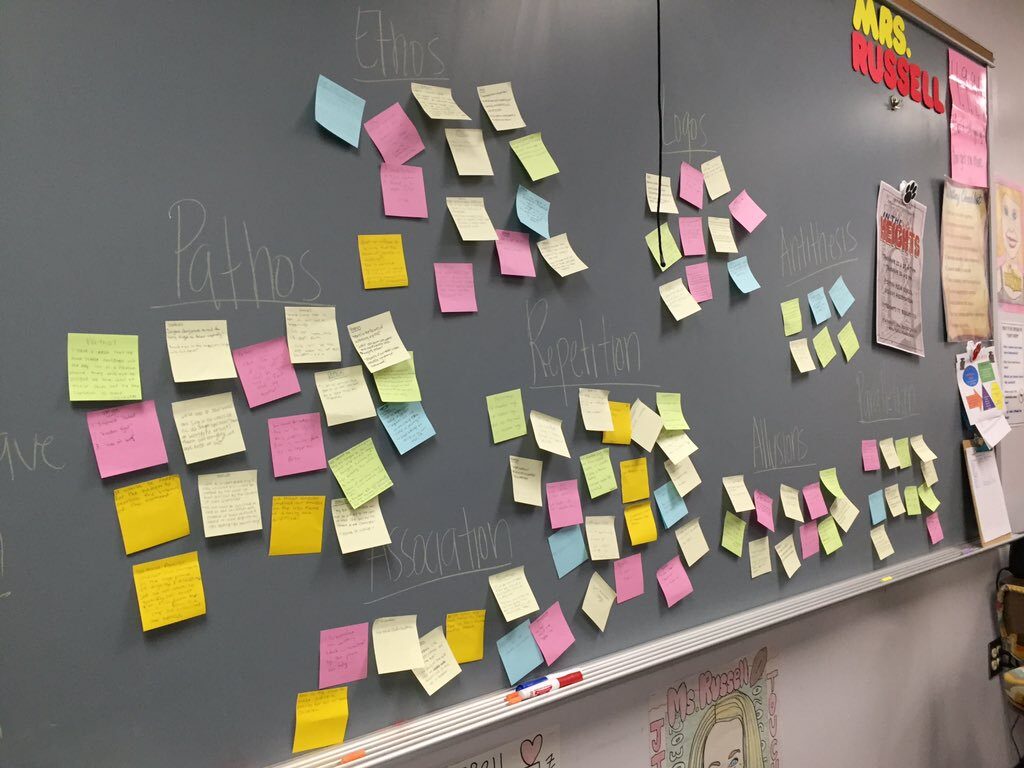
Chalkboard Splashes provide a quick way to debrief students’ responses, Quick-Draws, or abbreviated Quick-Writes.
Quick-Draw Gallery Walk

Quick-Draws are opportunities for students to demonstrate their understanding of an abstract term or concept by representing it in a drawing. This can be used with any age group and in any content area, not only for
RallyCoach
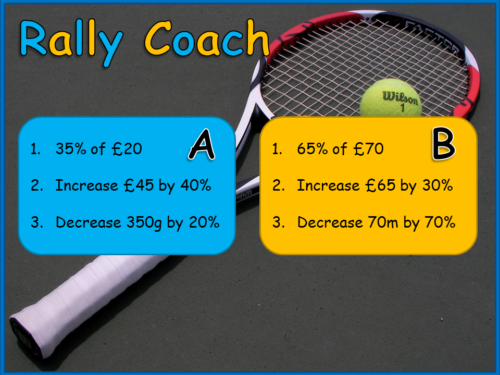
Partners take turns providing ideas/ answers or solving problems orally or in writing. Variations include Rally Table and Rally Coach.
RallyTable
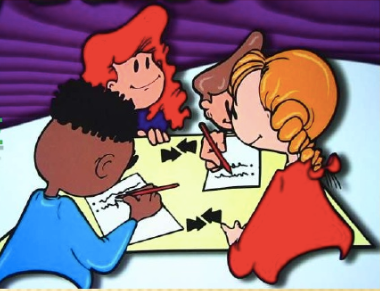
Partners take turns providing ideas/ answers or solving problems orally or in writing. Variations include Rally Table and Rally Coach.
Stand Up – Hand Up – Pair Up
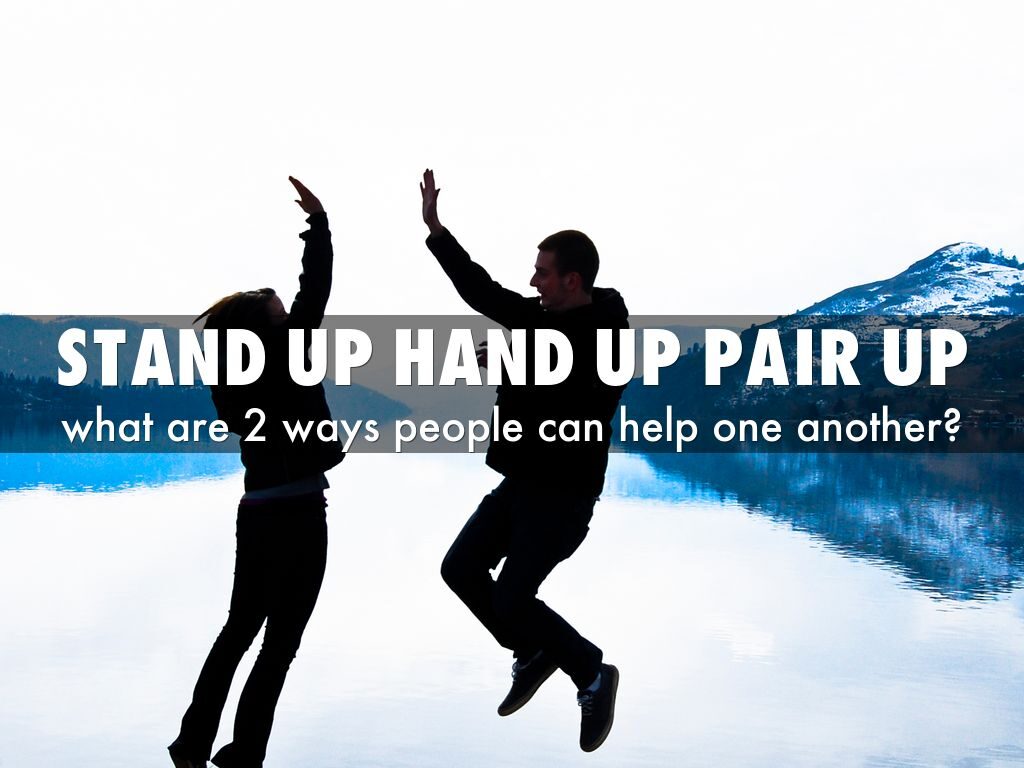
Students stand up, put their hands up, and quickly find a partner with whom to share or discuss.
Timed Pair Share
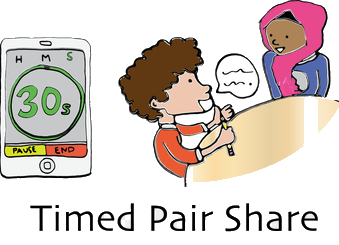
In pairs, students share with a partner for a predetermined time while their partner listens. Then partners switch roles.
Three-Step Interview
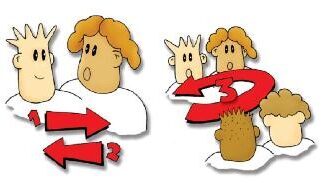
Students interview their partner and then each share with teammates what they learned.
Telephone
One student per team leaves the room during instruction. When students return, teammates provide instruction on the information missed.
Stand-N-Share

Teams check off or add each idea as it is shared by other teams, sitting down to show that every teams’ ideas have been shared.
Talking Chips
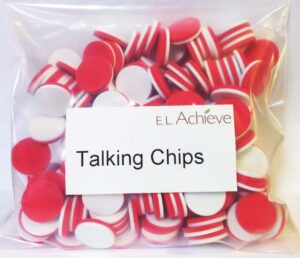
Teammates place talking chips in the center of the table to make sure everyone contributes to the team discussion.
Spend-a-Buck
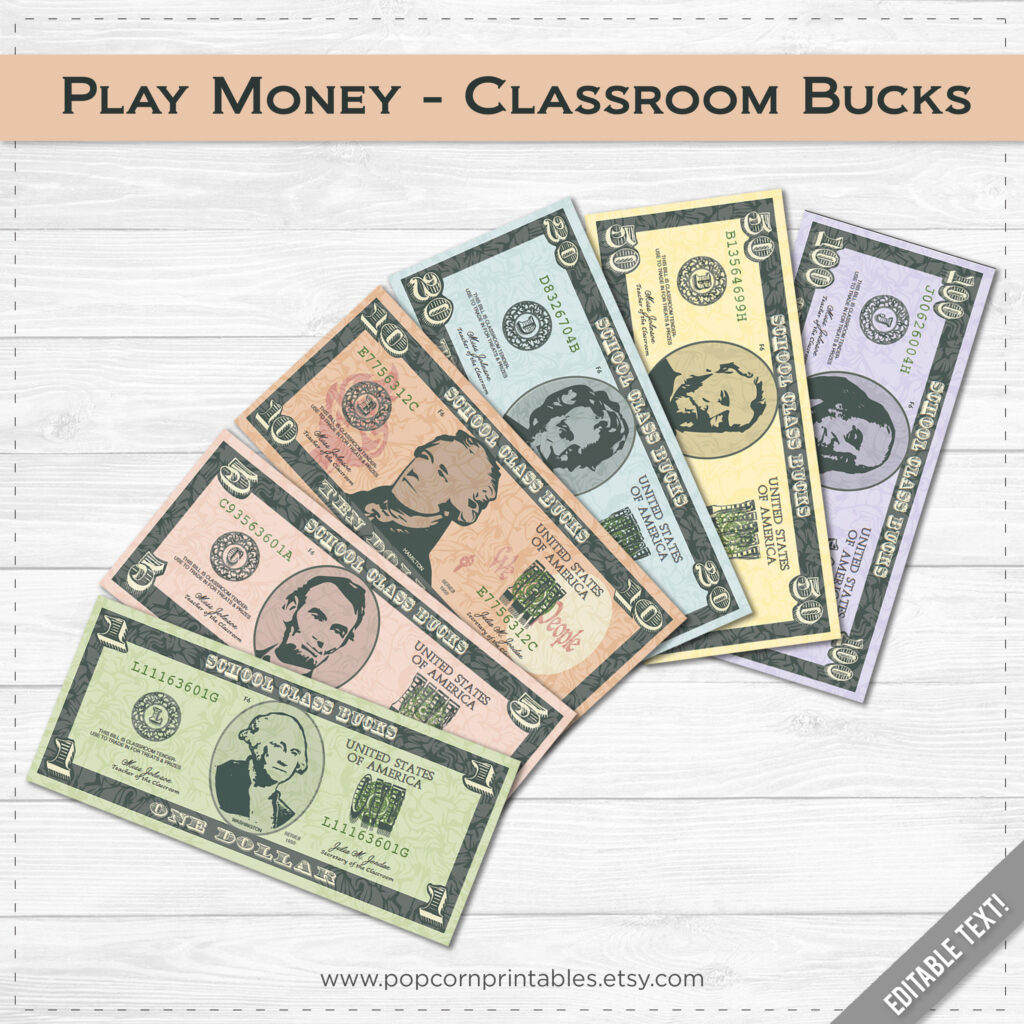
To make a team decision, teammates use play moneyand “spend a buck” to vote on their top picks. The option wiht the most bucks is deemed the team decision.
